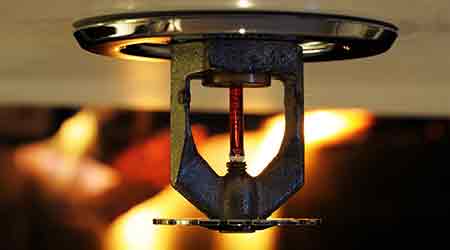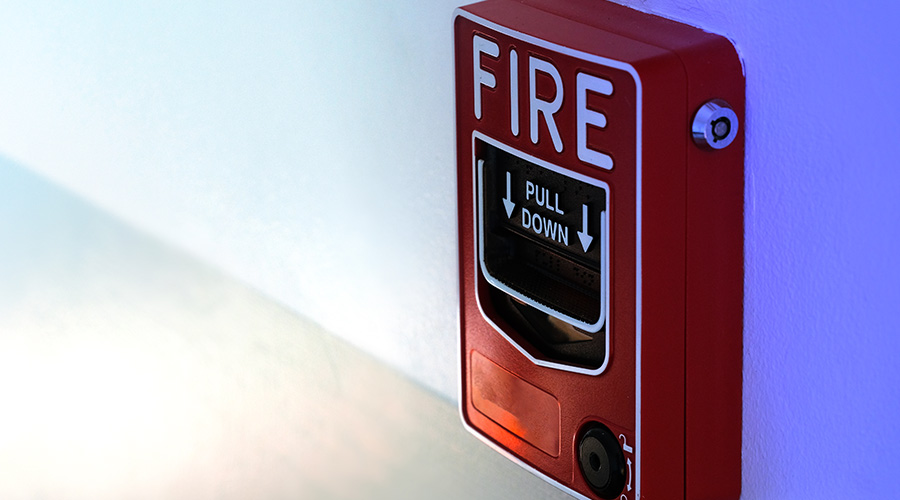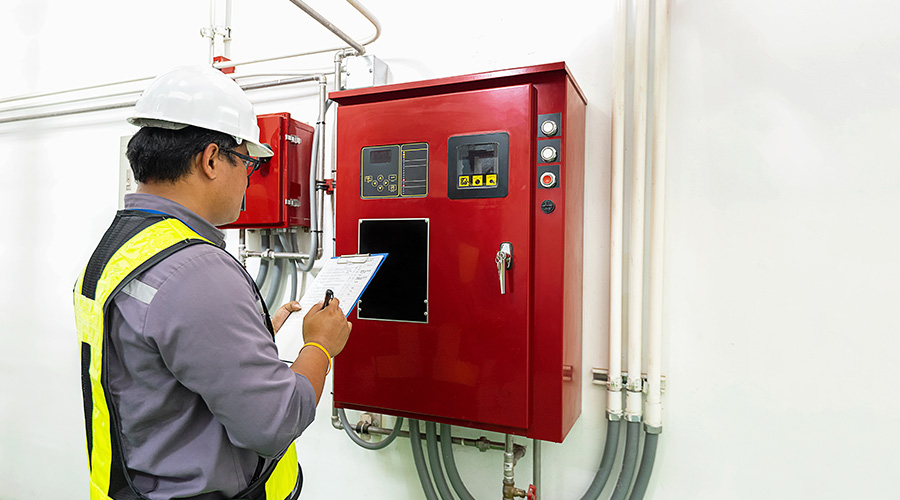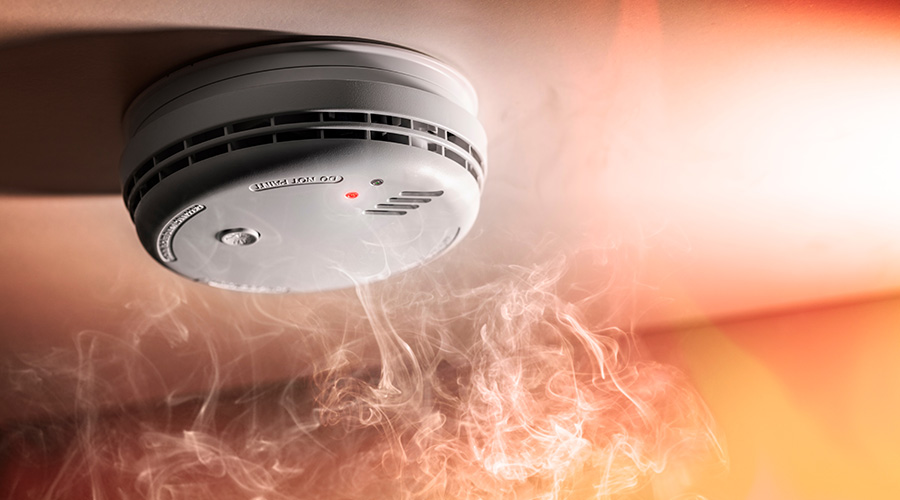Tips on Testing Fire Protection and Life Safety Systems
Part 1 of a 3-part primer on the care and maintenance of new or old installations
Among all the duties facility managers have, ensuring that a building’s fire protection and life safety systems are functioning correctly is one of the most critical. But this is easier said than done. Depending on the size of the facility and the types of systems, the process can be complicated and time-consuming, involving various kinds of testing. And even if facility managers outsource some — or all — of the duties, they still need to have a certain knowledge base.
When fire protection and life safety systems are first installed, "acceptance testing, commissioning, and integrated system testing are the types of testing that can occur," according to Robert Solomon, division manager, and Jacqueline Wilmot, fire protection engineer, at the National Fire Protection Association (NFPA). "Acceptance testing is typically mandated by the installation standard of the system being installed" — for instance, NFPA 13 for sprinkler systems and NFPA 72 for fire alarms. "Acceptance testing functionally tests system components to verify that an individual system was installed and is operational in conformance with the applicable standards and the authority having jurisdiction (AHJ)."
With acceptance testing of sprinklers, for example, "depending on the type of system, there may be multiple tests required," says Keith Frangiamore, president of Fire Safety Consultants Inc. A wet pipe system requires a two-hour hydrostatic test during which the system is filled with water and pressurized to 200 psi. Over the two hours, the system must not lose any pressure. "Every other type of extinguishing system has specific requirements," he says.
The acceptance testing "should include all of the important stakeholders and include the facility manager, code officials/authorities having jurisdiction, the system manufacturer’s representative, the person who installed the system, and the fire protection engineer who designed the system," explains Chris Jelenewicz, senior manager, engineering practice, at the Society of Fire Protection Engineers.
Solomon and Wilmot note that it’s important to understand an interesting aspect of terminology around fire safety systems. While the term "commissioning" often is used as an interchangeable term for "acceptance testing" within the industry, "it has a very different definition when used in accordance with NFPA 3, Recommended Practice for Commissioning of Fire Protection and Life Safety Systems." In NFPA 3, "commissioning" refers to "a holistic approach to system testing that provides verification that the systems will function as planned and can be operated and maintained according to the owner’s needs," they explain.
Integrated system testing should also be done when new systems are installed and incorporated into existing systems, per NFPA 4, Standard for Integrated Fire Protection and Life Safety System Testing, they add. This kind of test is one "performed on fire protection and life safety systems to confirm that operation, interaction, and coordination of multiple individual systems perform their intended function. Many fire protection and life safety systems are designed to work together, and although these systems are required to complete acceptance testing individually, no standard required them to be tested holistically until NFPA 4 was published."
Related Topics:














